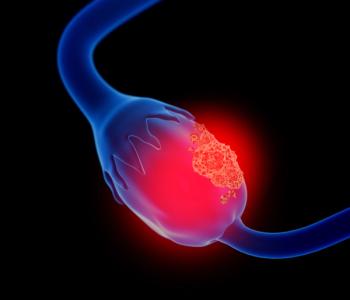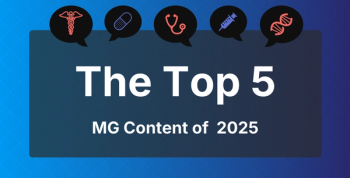
New Era of CLL Treatments Brings Changes to Use of HSCT
Key Takeaways
- Hematopoietic stem cell transplantation (HSCT) use in CLL decreased by 42% from 2009 to 2018 due to new treatment options.
- Non-relapse mortality (NRM) improved significantly, attributed to enhanced supportive care and reduced myeloablative conditioning.
With a 42% reduction seen in the use of hematopoietic stem cell transplantation (HSCT) throughout the decade, researchers suggest that transplantation may be reserved for more fit patients.
What role does stem cell transplant play in an era of more effective treatments for
Looking at hemopoietic stem cell transplantation (HSCT) outcomes through the lens of an evolved CLL landscape, the researchers explored patterns in transplant use and survival between 2008 and 2018. The time period represents a transformative period for CLL, with the introduction of pathway inhibitors (PIs)—including Bruton tyrosine kinase inhibitors, BCL2 inhibitors, and phosphatidylinositol 3 kinase inhibitors.
“Prior to this, PIs were not accessible or available only in clinical trials or compassionate access schemes,” the researchers wrote. “This is likely to reflect the profile of patients considered for HSCT for CLL in many other countries, particularly those where front-line PIs are not readily available or have only become accessible recently.”
The availability of these new treatments has brought more efficacy potential to patients, potentially impacting use of HSCT as well as outcomes following HSCT. Collecting data from a transplant and cellular therapy registry across Australia and New Zealand, the researchers found that between 2009-2013 and 2014-2018, use of HSCT decreased 42% from 94 patients to 50 patients
This drop in use of HSCT may suggest that use of transplant is being reserved for fitter patients, though there were no clear differences in patients between the 2 periods. Less use of transplantation throughout the study period is consistent with treatment patterns seen in the United States, explained the researchers. One US-based
In the current study, patients receiving transplants between 2014 and 2018 were followed for an average of 5 years.1 Throughout follow-up, death not related to relapse, known as non-relapse mortality (NRM), was 23% (95% CI, 12-37). This was significantly lower than NRM observed during the period of 2009 and 2013, which was a 42% reduction (95% CI, 31-52; P = .02).
“Improvements in NRM are crucial in CLL, where it remains a major driver of overall mortality following HSCT, particularly in older patients,” described the researchers. “The fall in NRM seen during the two periods in our study is likely multifactorial, in part due to avoidance of [myeloablative conditioning] and improved supportive care, in particular infection prevention and management, intensive care support and advances in management in GVHD that have been observed in HSCT more generally.”
Rates of GVHD in the 100 days following transplant dropped as the decade went on, decreasing from 52% (95% CI, 35-67) during 2009-2013 to 33% (95% CI, 19-48) during 2014-2018. Similarly, rates of 5-year cumulative chronic GVHD dropped from 76% (95% CI, 56-87) in the first half of the decade to 55% (95% CI, 36-70; P = .032) in the second half.
Differences in treatment prior to HSCT were different between patients across the 2 halves of the decade, though the researchers noted they could not confirm whether these treatment differences impacted the differences observed in NRM. Patients receiving HSCT between 2014 and 2018 were more likely to receive fludarabine, cyclophosphamide, rituximab, and PIs prior and were less likely to receive myeloablative conditioning.
While improvements were seen in NRM throughout the decade, the researchers observed no differences in overall survival or progression-free survival.
References
1. Barge L, Tran S, Kennedy G, et al. Outcomes of allogeneic hematopoietic transplant for chronic lymphocytic leukaemia in the modern era. Int Med J. Published online May 3, 2025. doi:10.1111/imj.70050
2. Kharfan-Dabaja MA, Kumar A, Hamadani M, et al. Clinical practice recommendations for use of allogeneic hematopoietic cell transplantation in chronic lymphocytic leukemia on behalf of the guidelines committee of the American Society for Blood Marrow Transplantation. Biol Blood Marrow Transplant. 2016;22(12):2177-2125. doi:10.1016/j.bbmt.2016.09.013
Newsletter
Stay ahead of policy, cost, and value—subscribe to AJMC for expert insights at the intersection of clinical care and health economics.







































